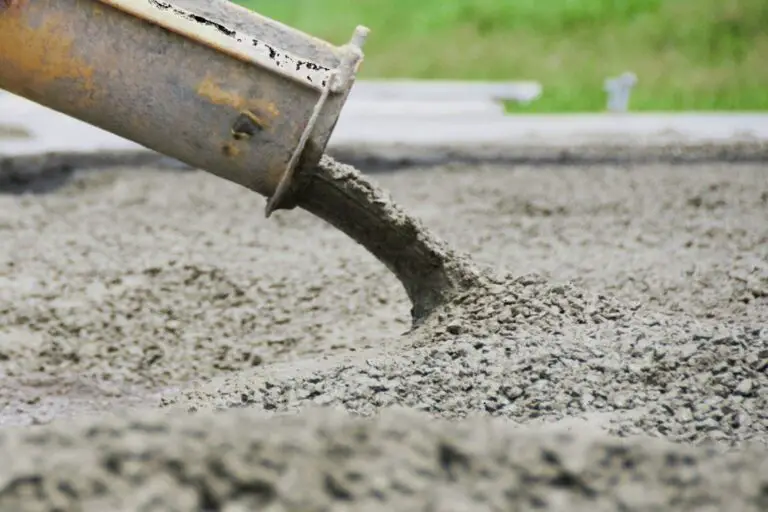Aggregate | Types of Aggregates
Aggregate
The other important component of concrete is aggregate; the quality of aggregate defines the quality of concrete. Almost three-quarters of the total volume of concrete is taken by aggregate. Aggregate was considered as inert and cheap material, but in fact it is not totally inert. The main functions of aggregate are to provide stability and durability to the concrete mixture. When large amount of aggregate is used in concrete making, even though the cost will be reduced but the quality and strength of concrete will be badly influenced.
There are three types of aggregate based on size, Fine aggregate (0.15 to 4.75mm), coarse aggregate (4.75 to 7.5 cm), and Cyclopean Aggregate (7.5 to 15 cm). But the last category is mostly not suitable. In the sieve analysis the material that is retained on sieve No 4 is termed as coarse aggregate and the material that passes through that sieve and retained on sieve No 200 is considered as fine aggregate.
Natural and artificial aggregates are two main types of aggregates. Natural aggregates are formed through the process of abrasion, wear and tear of large parental rocks. So the properties of aggregates are directly defined by the type and properties of parent rock, such as mineral composition, chemical reactivity, pore structure, permeability, durability, strength, moisture content, porosity and absorption, chemical and physical stability etc.
There are different classifications of aggregates based on certain characteristics, such as size, rock type, shape and texture etc. As an example the following table shows aggregate classification based on surface texture.
There are some aspects which need to be kept in mind while selecting aggregate for concrete making. Different tests on aggregate are conducted to find the suitable type of aggregate. Some of the factors are as follow:
-
Maximum aggregate size:
(larger aggregate size corresponds to smaller surface area; this reduces the water requirement of the mix. In this way w/c can be reduced, but there is a limit for the maximum size of aggregate as it can lead to heterogeneous mixture and concrete with reduced strength. In sieve analysis, the maximum size is determined by the sieve size on which 15 % or more are retained. Maximum size of aggregate selected should not be more than 1/5th of the narrowest dimension of the form and not more than 3/4th of the maximum clear distance between the bars.)
- Porosity and absorption:
These two factors determine the quality of bonding between aggregate and cement past, the resistance of concrete against abrasion, freezing and thawing and it also defines the chemical stability of the concrete. As the aggregate is present in concrete in three quarters, so its porosity and absorption properties contributes to the overall behavior of mixture. Before selecting aggregate, these properties should be scrutinized well, for this purpose certain tests are available.
-
Moisture content:
This is yet another important aspect of aggregate properties. The aggregate that is exposed to rain and water has collected considerable amount of moisture with it and the aggregate that is collected from a very dry place has very less moisture content, so it can absorb a lot of water. So when these aggregates are directly used without conducting any proper testing on them; they yield very poor quality concrete.
-
Bulking of sand:
In concrete making as fine aggregate, sand is also used which has the characteristic to expand in the presence of moisture content, this is called bulking. When concrete is made through volume batching, due to the bulking of sand, less mass of sand is used in concrete making. This is a very critical phenomena and can influence the quality of concrete badly, so different measures to be taken to better predict the behavior of aggregate.
-
Thermal properties: (specific heat, conductivity and thermal expansion)
These properties are of special consideration when concreting is done on a large scale, in which insulation is applied. These are usually not considered in case of ordinary structure construction. There shouldn’t be any significant difference between the coefficient of thermal expansion of aggregate and cement paste, otherwise durability of concrete in case of freezing and thawing would be badly affected. The extensive tests of these properties are conducted to select the appropriate type of aggregate.
-
Durability and hardness of concrete
These are very important factors, which influence the strength and durability of concrete so much. Proper testing should be conducted to measure these two properties of aggregate.
Apart from the above mentioned factors there are many other factors like fineness modulus, texture/particle shape of aggregate, then the presence of contaminating factors/deleterious substances, grading limits, apparent specific gravity, bulk density, soundness of aggregate etc.
Hence we can say that aggregate is one of the most important component of the concrete mix, and whose properties directly affect the overall properties of the concrete mix. When selecting aggregate proper testing should be conducted, such as sieve analysis, abrasion test, durability test, thermal properties test etc. Selecting of right type of aggregate is the first step towards making a fine concrete mix that is both durable and stable
